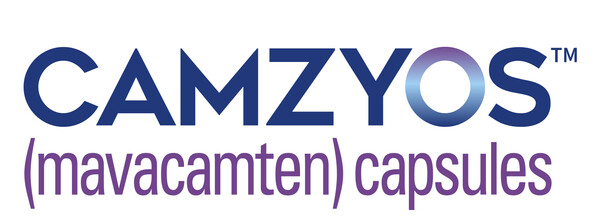BMS Korea said on Wednesday that Camzyos (ingredient: mavacamten), an obstructive hypertrophic cardiomyopathy (oHCM) treatment, won approval from the Ministry of Food and Drug Safety (MFDS).

Camzyos is indicated for the improvement of exercise function and symptoms in adult patients with symptomatic NYHA (New York Heart Association) class II-III oHCM. It is the first and only therapy to selectively inhibit the excessive cross-linking of cardiac myosin and actin, which causes oHCM symptoms such as shortness of breath, dizziness, chest pain, and fainting.
Beta-blockers and calcium channel blockers can reduce heart rate and myocardial contractility, but long-term improvement is difficult to achieve with these existing drug treatment options alone. Other methods include surgical removal of the enlarged myocardium or injecting alcohol to necrotize the muscle area, but these have been limited due to their high risk.
"oHCM is a serious rare disease that can lead to sudden cardiac death without warning, and until now, there has been no effective way to treat the enlarged heart structures non-invasively," said Professor Lee Sang-cheol of Cardiology at Samsung Medical Center. "Camzyos is the first treatment that can modulate cardiac myosin, the underlying cause of oHCM. It has shown excellent symptomatic improvement from the beginning of treatment with just one oral dose per day."
In the phase 3 EXPLORER-HCM study, which served as the basis for domestic approval, Camzyos demonstrated statistically significant improvements in heart function and exercise capacity compared to the placebo.
The maintenance or improvement in the NYHA classification of heart failure and increase in peak oxygen consumption (pVO2) were chosen as the primary endpoints for the study. Consequently, the proportion of patients treated with Camzyos who reached the primary endpoint was twice as high as the placebo group.
Additionally, the treatment effects of Camzyos remained consistent throughout the study for 30 weeks. Also, 70 percent of patients in the Camzyos treatment group achieved a left ventricular outflow tract gradient that was sufficient to not require surgery. Specifically, Camzyos demonstrated a significant improvement of more than 50 percent in this indicator.
"We are excited to bring the therapeutic benefits of Camzyos to Korean patients with oHCM, who have been experiencing worsening symptoms that have made it difficult to live a normal life and have been at risk of sudden death,” said BMS Korea CEO Lee Hye-young.
Related articles
- Why is BMS myeloma drug Abecma’s introduction delayed?
- ‘BMS’ Reblozyl to ease blood transfusion burden for MDS-RS patients’
- BMS and Novartis’ myeloid leukemia treatments one step closer to being insured in Korea
- Smaller microplastics enhance cardiotoxicity of carcinogens: study
- BMS Korea wins insurance coverage for myelofibrosis drug Inrebic
- 'BMS' Camzyos to offer new treatment options to oHCM patients'
- BMS Onureg bags insurance coverage in Korea for AML patients
- BMS’ Sotyktu scores nod for plaque psoriasis patients

